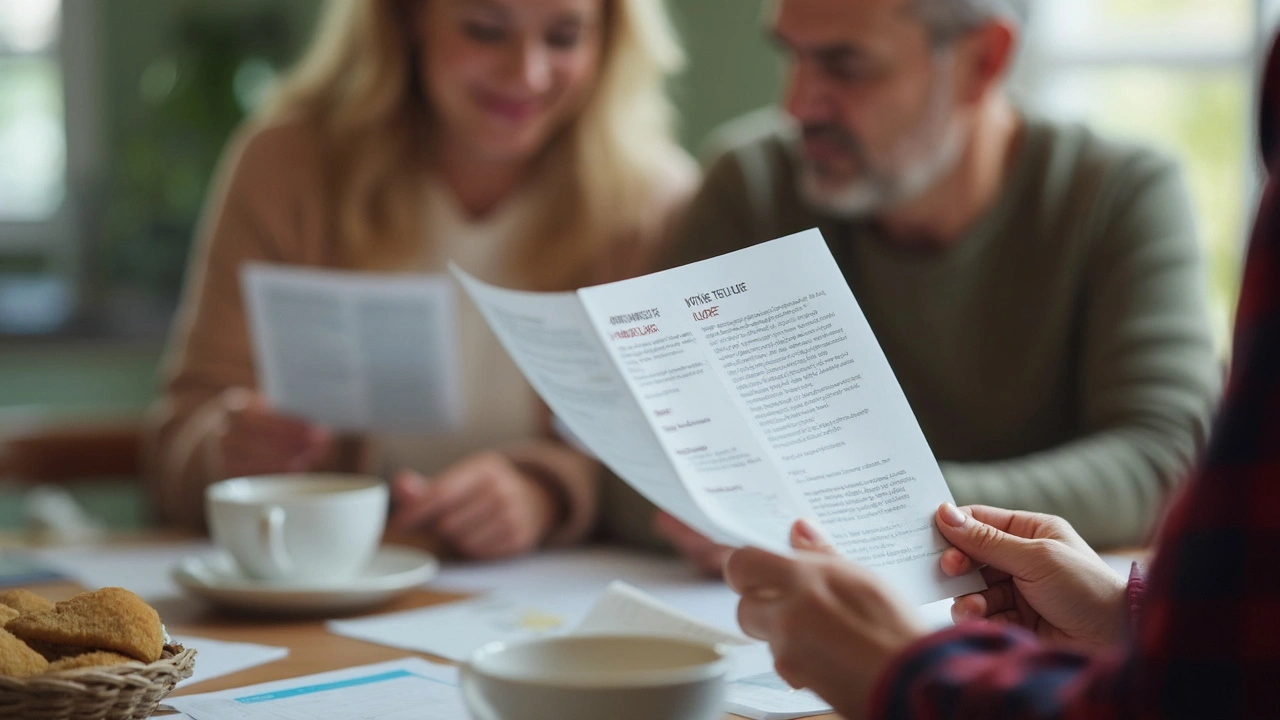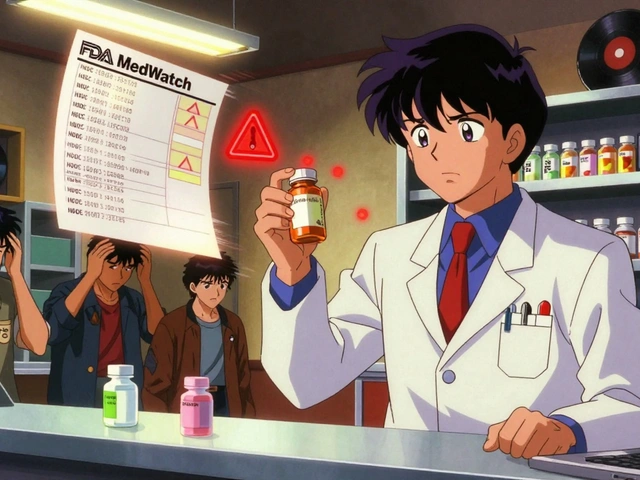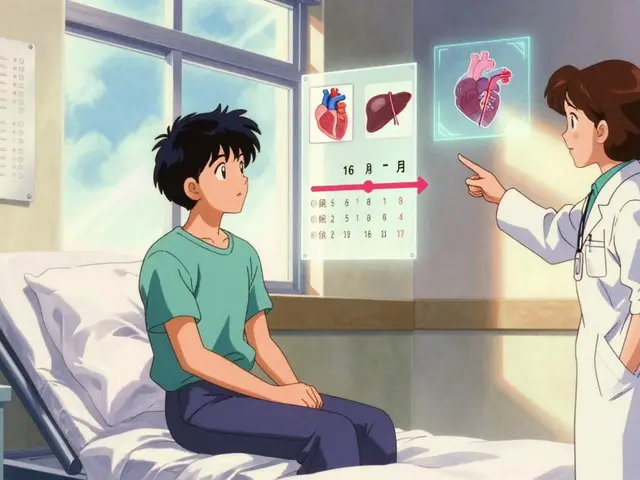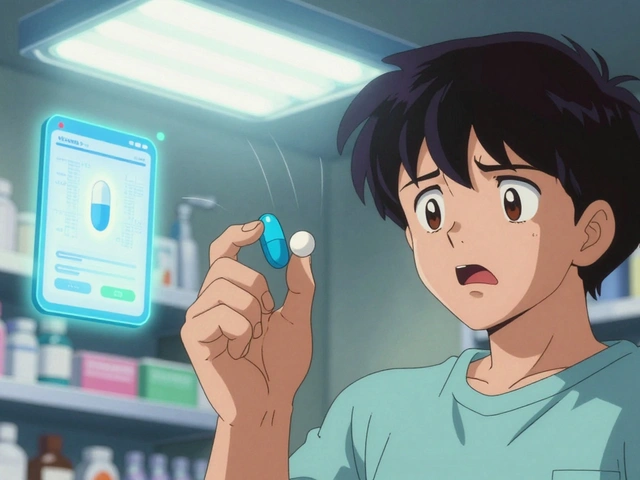Stroke prevention: Practical steps to lower your risk
Stroke can happen suddenly. The good news: most strokes are preventable with a few focused changes. This page gives clear, practical steps you can use now—medication, lifestyle, and when to ask for help.
Control the big risks: blood pressure, diabetes, and cholesterol
High blood pressure is the top driver of stroke. Aim for a sustained reading under 130/80 mmHg if your doctor recommends it. That often means daily medication plus salt reduction (try keeping sodium near 1,500–2,300 mg a day) and regular home checks.
If you have diabetes, keep fasting blood sugar and HbA1c within your target range. High blood sugar damages small vessels in the brain. Talk with your clinician about medication adjustments and realistic diet changes.
High LDL cholesterol raises stroke risk from blocked arteries. Statins are the main choice for lowering LDL and lowering your overall risk. Don’t stop a prescribed statin without checking with your provider.
Medications that matter and how to manage them
If you have atrial fibrillation or a clotting condition, blood thinners cut stroke risk dramatically. That can mean warfarin or newer direct oral anticoagulants like rivaroxaban or apixaban. Each drug has trade-offs—bleeding risk, monitoring, interactions—so pick one with your doctor.
Medication adherence matters more than which pill you choose. Set alarms, use pill boxes, and refill early. If cost or access is an issue, look for legitimate discount programs or certified online pharmacies and always verify prescriptions and pharmacy credentials before buying.
For people with carotid artery narrowing, doctors may recommend procedures in some cases. That’s not for everyone—get imaging and a specialist opinion if you have symptoms like temporary weakness or speech trouble.
Lifestyle changes are simple and effective. Walk briskly for 150 minutes a week, aim for a Mediterranean-style diet (vegetables, whole grains, lean protein, healthy fats), quit smoking, and limit alcohol to short-term low levels. Even losing 5–10% of body weight improves blood pressure and blood sugar.
Know the signs of stroke and act fast. Use FAST: Face drooping, Arm weakness, Speech difficulty, Time to call emergency services. Faster treatment can save brain tissue and reduce disability.
Finally, work with your doctor to make a realistic prevention plan: which numbers to target, which meds to use, and when to get tests. Prevention is not one-size-fits-all, but small consistent steps make a big difference for most people.
If you want, check our guides on blood pressure meds, anticoagulant options, and safe ways to manage prescriptions online for more detail tailored to your situation.





